Are you an influencer, a marketer, or perhaps running an eCommerce store? You likely use email marketing, but are you aware of the power of permission? Permission-based email marketing can see an average ROI of $38-$44 for every $1 spent.
Email is super important, as these numbers show. But to use it well, you need to know the rules. Since everyone uses email—from big companies to your next-door neighbor—knowing how to use it effectively is super important. Here’s how to stay out of spam folders with the proven steps of permission-based email marketing.
Table Of Contents: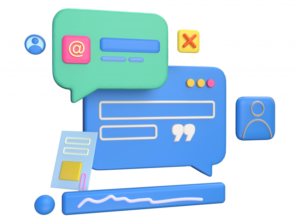
- What Exactly is Permission-Based Email Marketing?
- The Importance of Following the Law in Permission-Based Email Marketing
- Strategies for Effective Permission-Based Email Marketing
- Making the Opt-In Process Clear and Attractive
- There’s real power in using a double opt-in.
- Value Beyond Just Newsletters: Keeping the Email List Happy.
- How Often Is Too Often? Email Frequency Best Practices.
- Managing Subscriptions and Unsubscriptions Thoughtfully
- Case Studies: Showcasing Success With Permission-Based Practices
- Building a Better Email List for the Future
- Conclusion
What Exactly is Permission-Based Email Marketing?
Think of your email inbox as a personal space. It should not get messages without agreement. Permission-based email marketing is about sending emails to people who’ve explicitly opted in.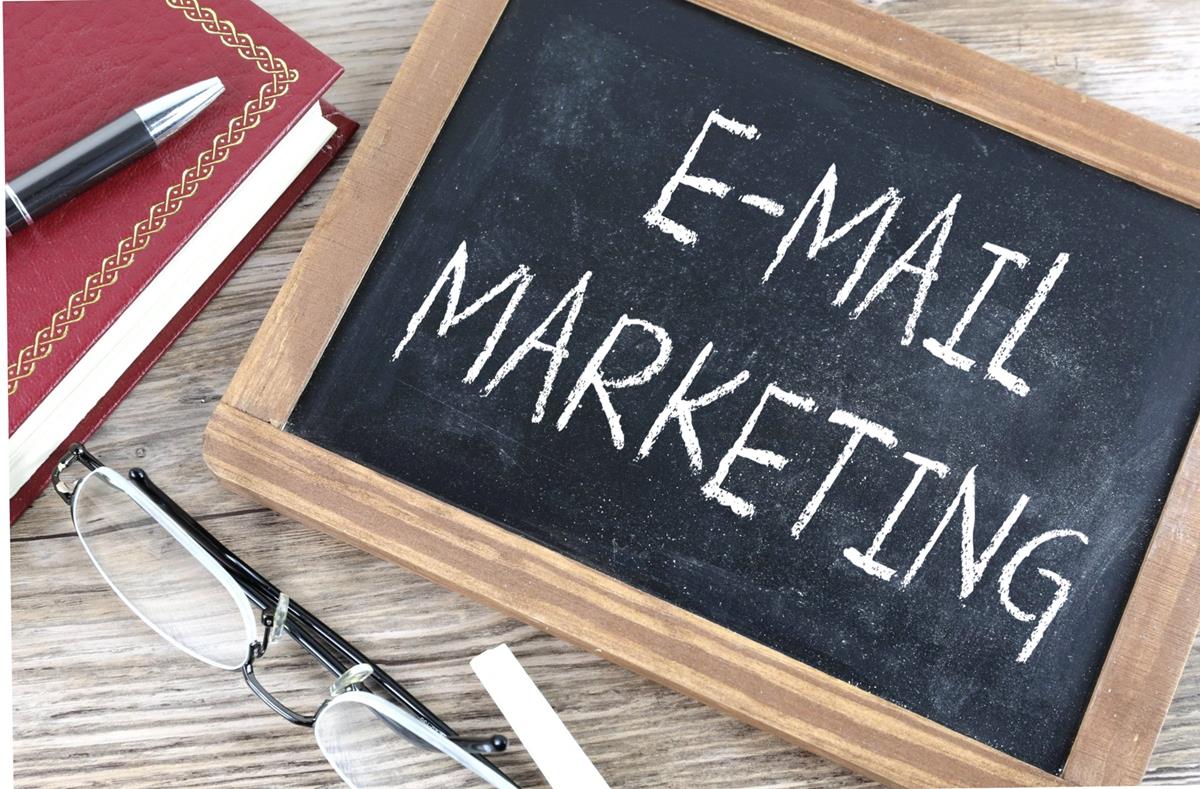
It’s about respecting that digital space, much like you’d respect someone’s home. Marketing expert Seth Godin highlighted this approach back in 1999, amid the Y2K bug concerns.
He saw a split in marketing paths. One was old and tired “interruption marketing.”
Getting Explicit Permission is Vital
Explicit permission means someone clearly agrees to get your marketing emails. This might be by ticking a box on an opt-in form or confirming via email.
This clear agreement happens when people sign up for email content from your brand. It is more trustworthy to be more explicit.
Implied permission is a bit different. This could happen after a simple online purchase when contact information is already given, perhaps after a business interaction like providing support online or exchanging business cards.
Implied Permission Can Create Problems
While convenient, implicit permission is not as clear-cut and carries potential risks.
It toes the line with the rules. Always go for explicit permission to be safe.
Imagine the headaches you could avoid by simply making sure you have your audience’s clear consent. Let’s get this right from the start. Addressing content and privacy rules now prevents future legal issues and allows you to concentrate on the task at hand. Get this part right, and you’ll be set up for a great outcome. Think of it as laying a solid foundation for a house: if the foundation is weak, the entire structure is at risk. Similarly, ignoring legal compliance can lead to serious problems later on. Connecting your message to the right people—your audience—is vital.
The Importance of Following the Law in Permission-Based Email Marketing
Beyond ethics, there are legal reasons for getting permission, tracing back to respecting personal spaces.
The CAN-SPAM Act: Disregard the rules, and face the music. You’re gonna wish you hadn’t. Mark my words. Penalties can reach up to $46,517 for *each* email violation.
Data privacy and confidential communication are key; these laws make that clear. The GDPR in Europe is a prime example of why this matters.
Consumers are watchful about how their data is handled. Being responsible means being transparent; that’s the bottom line. Marketing through email. Effective strategies are used. These actions lead to success; it’s a direct cause and effect.
Data privacy in Europe. European regulations: a closer look.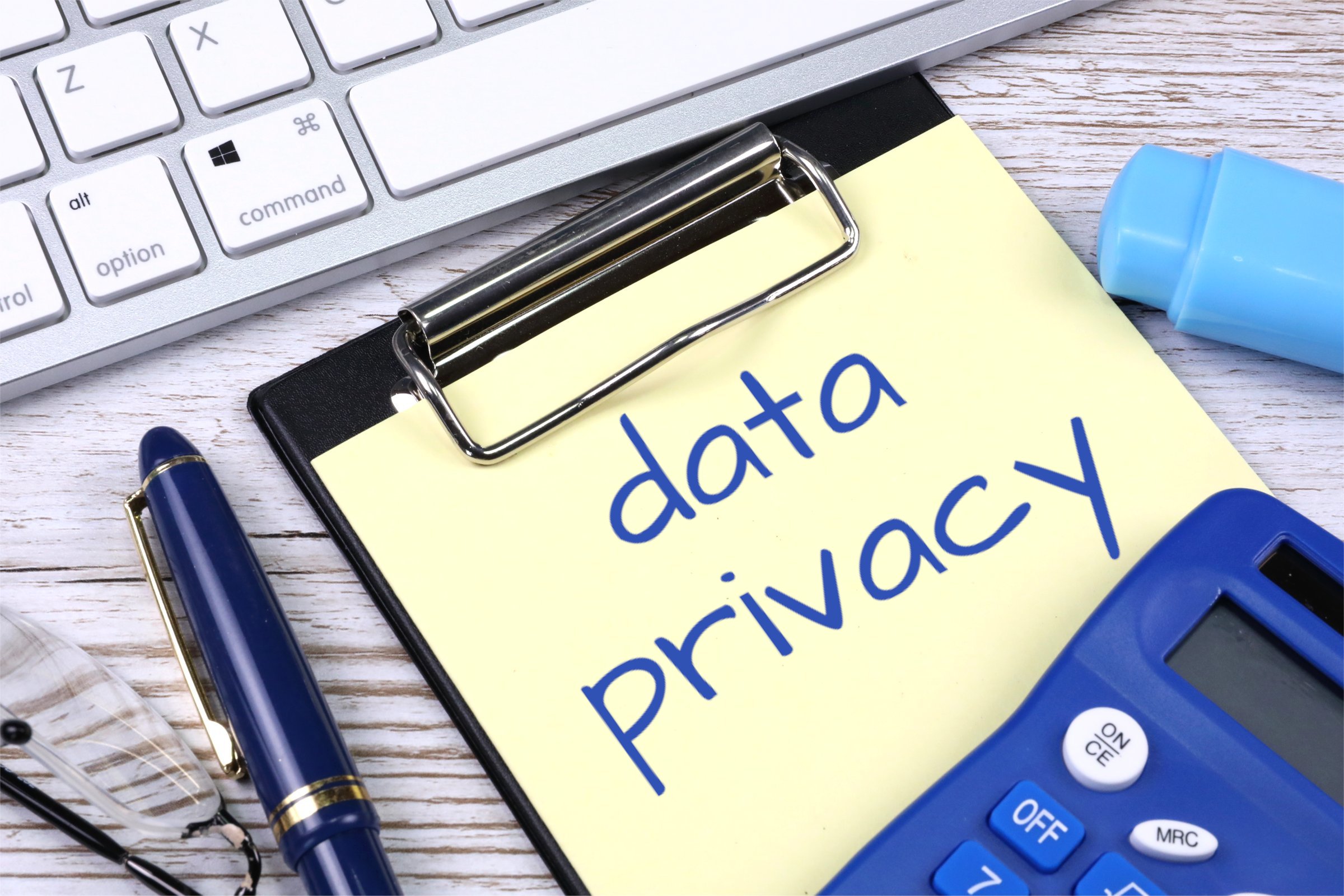
The GDPR applies to businesses that work with data from people in the EU. It makes permission a necessity.
Violating these rules has a cost. Businesses can get fined up to 20 million Euros.
The CAN-SPAM Act in the US
In the US, the CAN-SPAM Act takes a different approach, focusing more on providing options. Businesses can’t hide from their customers; commercial emails must be upfront and honest.
Following the rules is simple with this. There are rules for consent, unsubscribing, and making business communication personal.
Understanding CASL: Canada’s Approach
CASL blends strictness with flexibility, emphasizing consent and transparency.
Operating internationally? You’ve got to be aware of and comply with the laws of each country. It’s that simple. There are many rules; you just have to figure out your responsibilities with regulations based on your situation.
Strategies for Effective Permission-Based Email Marketing
Building trust is really important for an effective email marketing strategy. Asking first builds respect and helps to avoid problems.
People want to know what happens to their information and they want to be in charge of it. Many consumers prioritize the privacy of their email interactions, according to a McKinsey survey.
Consumers surveyed said their messages should be accessed only by authorized users and their conversations should remain private. Data and privacy are very important these days, but also keep things efficient and well-designed.
Making the Opt-In Process Clear and Attractive
Simplicity and directness matter a lot.
When people sign up, make it simple, not complicated. The aim is for participation; subscribers need to grasp the terms and be enthusiastic.
There’s real power in using a double opt-in.
Fewer headaches and better engagement are what you get with a double opt-in. You’ve got their attention; they’re eager to hear what you have to say.
It is simple too. After the initial signup, there’s a quick confirmation step.
A Mailchimp study showed a 114% increase in click-through rates with a double opt-in.
Value Beyond Just Newsletters: Keeping the Email List Happy.
Providing offers with real value helps people feel motivated to give their email address.
But the offer alone doesn’t work. Make sure it is a topic that interested people want, such as using a relevant lead magnet.
If you focus too much on sign-ups, people may give you their email and immediately mark it as junk. Focus on making the people signing up happy long-term.
Personalization is key too. Over 70% of consumers expect personalization.
Consider implementing personalized emails, that are catered specifically to the individual subscriber’s needs. You might offer a special promo code, for example.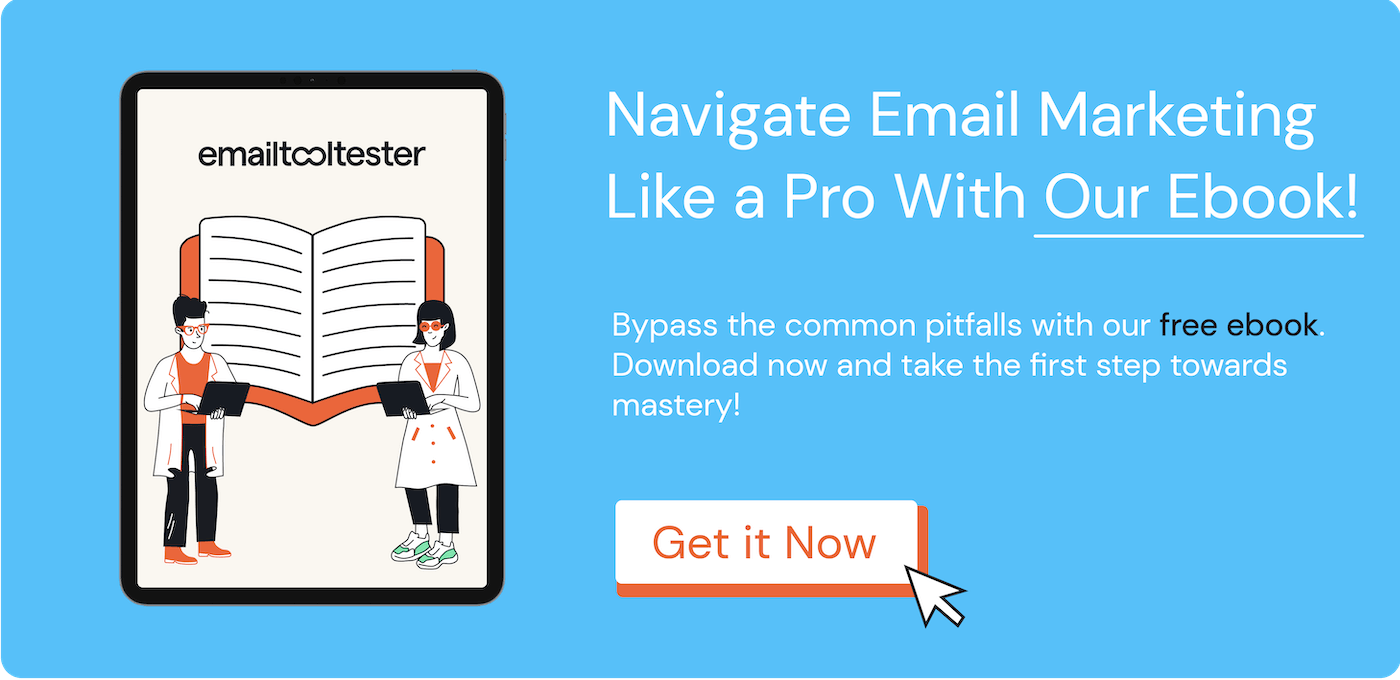
How Often Is Too Often? Email Frequency Best Practices.
Balance in your email marketing campaigns really is so valuable. Be clear how often people can expect your emails.
Nobody likes an overflowing inbox. All those emails can be a real drag, leading to people unsubscribing. In a study by HubSpot over half the people unsubscribed due to too many emails.
Being transparent from the beginning about how frequently you’ll send emails keeps your subscribers well informed. This sets expectations upfront to match the frequency subscribers want.
Managing Subscriptions and Unsubscriptions Thoughtfully
Make subscribing and, more importantly, unsubscribing easy. Don’t overstep or hide any unsubscribe buttons.
Giving control back to the user will lead to more natural relationships. Give them power for how and what is sent.
This can help cut down on potential problems or unsubscribes later on. The more power someone has to set things up the way that suits them, the more you grow subscribers engaged organically.
Case Studies: Showcasing Success With Permission-Based Practices
Think of your first job.
Whether delivering pizza or writing, gaining hands-on experience shapes and develops expertise. You’ll learn so much; it’s an experience you have to live through to truly grasp.
Lots of businesses use permission marketing to get more sales.
| Company | Strategy Used | Outcome |
|---|---|---|
| A Local Bookstore | Offered a free e-book in exchange for newsletter signup with a clear opt-in. | Increased their engaged subscriber base by 30% in one quarter. |
| Online Tech Retailer | Used double opt-in email for subscriptions. | Improved delivery by 20%, spam was 15% lower. |
| A Small Fitness Studio | Sent personalized email check-ins, with options to easily manage subscriptions. | Increased customer participation in classes by 25%, unsubscribes cut by half. |
Building a Better Email List for the Future
An email marketing plan can take shape in a variety of different ways. However, the most important rule is simple: Start with respect and add value to every subscriber on your email list.
Segmentation and Personalization
Start grouping subscribers by interest and behavior. Then speak directly to their wants and needs with targeted marketing messages.
Think of it like this: it takes confusing data and makes it simple and practical. Things will become much clearer. We’ve seen some seriously impressive improvements with our personalized campaigns; the data speaks for itself.
Wow, what an upgrade—emails that actually feel personal. Revenue can increase up to 760%.
Don’t Ignore Feedback, Take It to Improve.
Listen carefully to what others say.
Whether they are unsubscribing or reaching out directly, consider their feedback. Often, the best ideas come from people outside of your own head, which you can use to boost your email send strategy.
Use all the feedback and data you have to make the customer experience better.
Conclusion
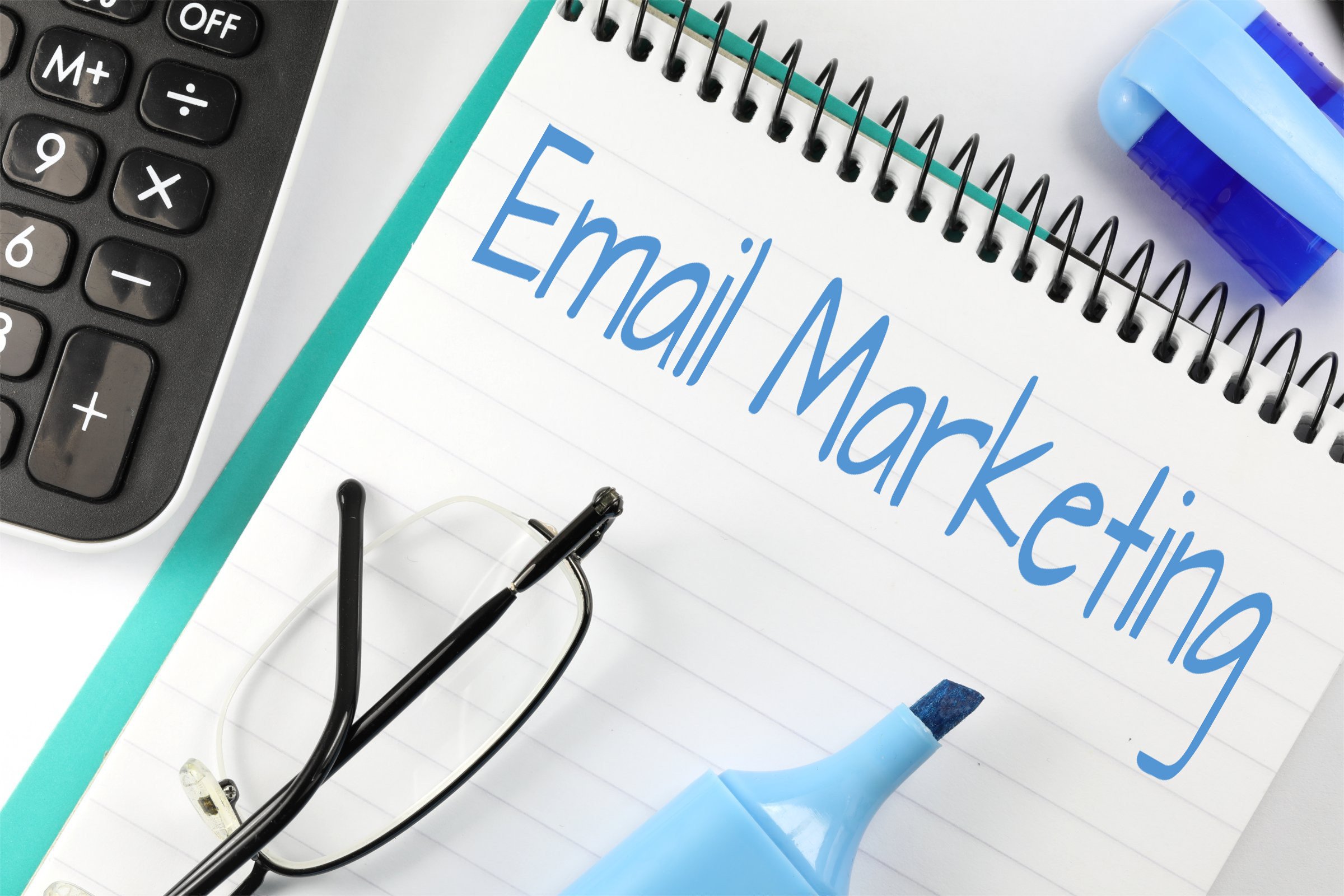
Email has been part of our lives and it probably feels like it has always existed.
Since it has grown so much, rules and norms have shaped its evolution. Spam filters won’t flag your emails if you do this.
But even in 2024, amidst all the unsolicited emails and spam folders, you should follow guidelines for permission-based email marketing. Online success hinges on clear communication; it’s that simple.

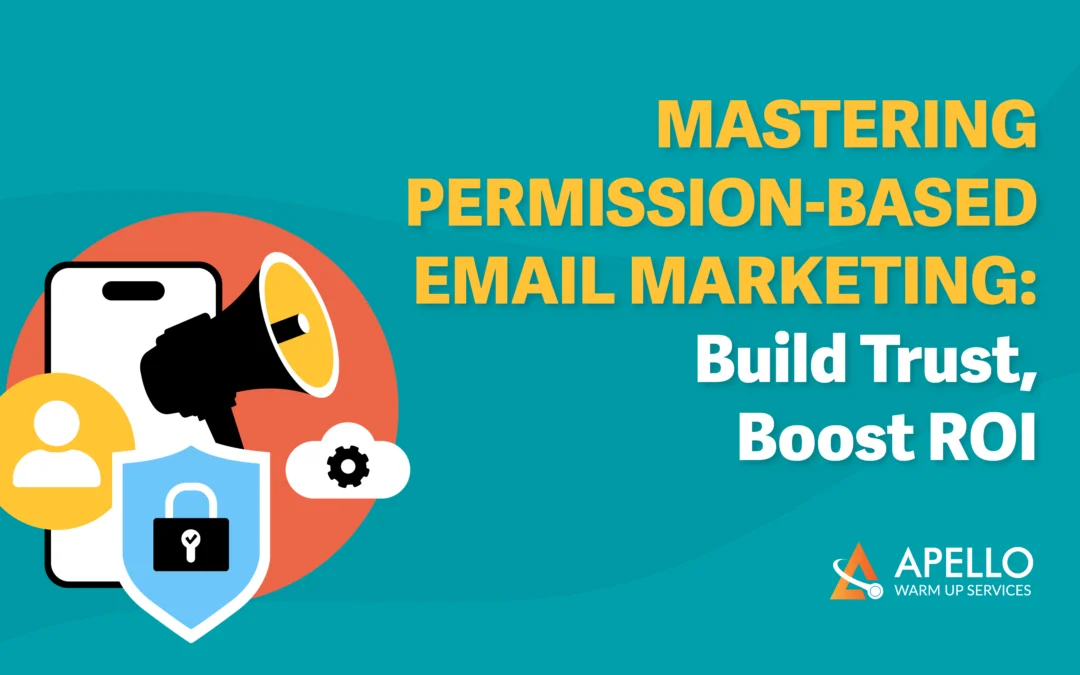
Recent Comments